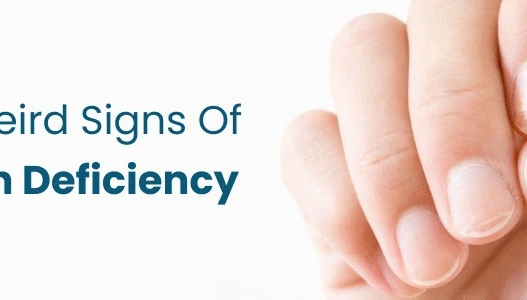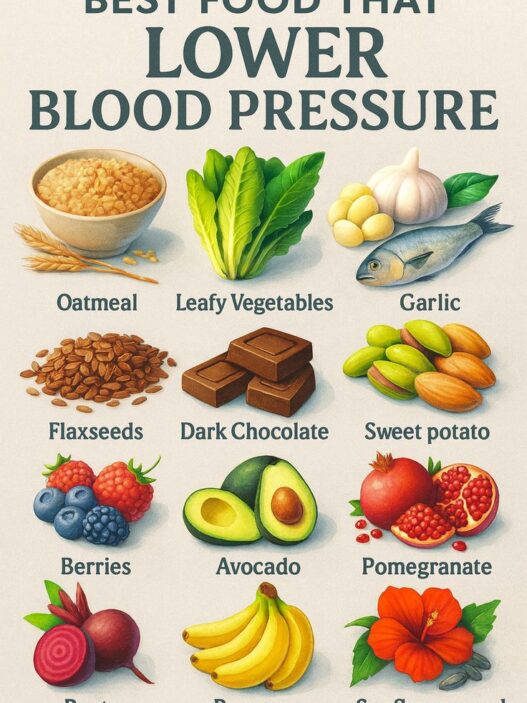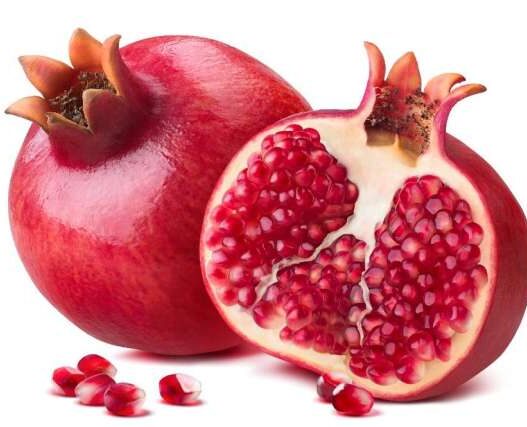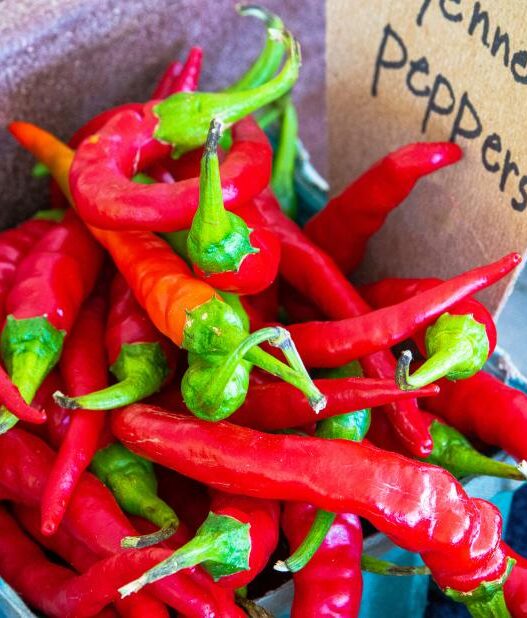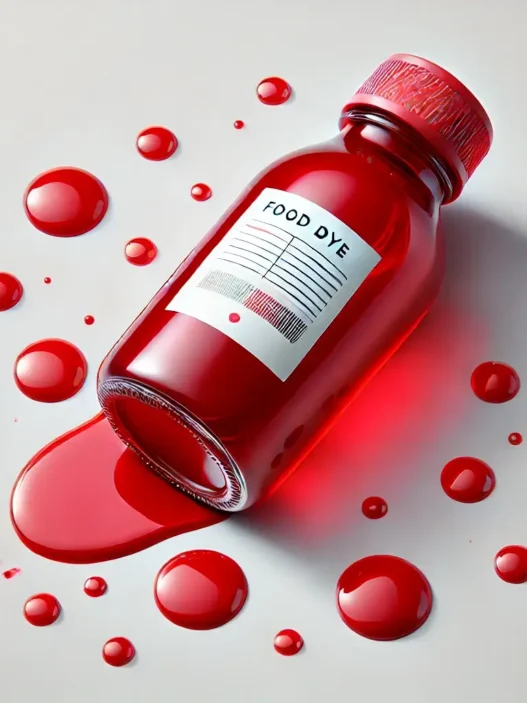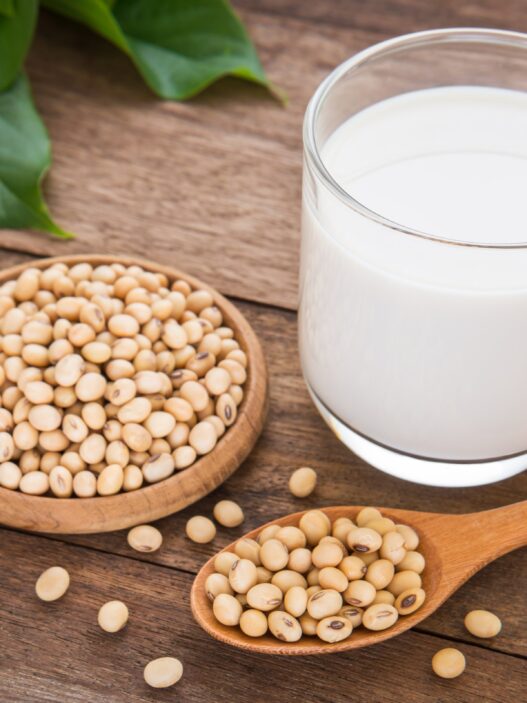Most people don’t usually think about zinc when planning their meals. They focus more on protein, carbs, or maybe calcium. But zinc is one of those nutrients that quietly does a lot for your body.
It helps with your immune system, wound healing, and even your sense of taste and smell. Since your body can’t make zinc on its own, you need to get it from food.
If you often feel tired, catch colds easily, or notice cuts healing slowly, there’s a chance you’re not getting enough zinc. So, you must try high zinc foods.
Why Zinc Matters
Zinc supports your body in more ways than you might expect. It helps fight infections, keeps your skin healthy, and is also important for normal growth.
Children and teenagers especially need it as their bodies are developing. Without enough zinc, your immune system can weaken, and you may feel more run down than usual. It’s not a magic nutrient, but it’s one of those small things that make a big difference.

Foods That Are High in Zinc
Meat
Meat is one of the best sources. Beef, lamb, and chicken are all rich in zinc. Red meat, like beef, has the highest amount, but it’s also best not to overdo it. Eating it once in a while is fine, but relying on it every day isn’t ideal for overall health. These protein options are high in zinc.
Seafood
Oysters are probably the food most people think of when zinc is mentioned. They are extremely rich in it-just a few can cover your daily requirement. If oysters aren’t something you eat, crab, shrimp, and lobster are also great sources. For people who enjoy seafood, it’s a tasty way to get zinc naturally.
Nuts and Seeds
Pumpkin seeds are one of the best plant-based sources. Cashews, almonds, and hemp seeds are also good options. They make easy snacks and can be sprinkled on salads or added to breakfast bowls. For people who don’t eat meat or seafood, nuts and seeds are an easy way to get zinc in their diet.
Legumes
Chickpeas, lentils, and beans are budget-friendly and easy to find. Soaking them before cooking makes the zinc easier for your body to use.
Dairy Products
Milk, cheese, and yogurt all give you zinc along with protein and calcium. They’re not the richest source, but since most people already eat dairy, it adds up naturally.
Whole Grains
Oats, quinoa, and brown rice also contain zinc. The amount is small compared to meat or seafood, but if you eat them often, it still makes a difference. Switching from refined grains to whole grains is a simple way to get more.
Vegetables
Spinach, mushrooms, and kale have a little zinc. They won’t meet your daily needs alone, but they add to your overall intake when combined with other foods.

How Much Zinc Do You Really Need?
Most adults need around 8 to 11 mg per day. For that you have to consume high zinc foods. You don’t need to count it exactly-eating a mix of foods like meat, legumes, nuts, and dairy usually covers it. For most adults, the daily need is around 8–11 mg. Kids and teens need less, but it increases as they grow.
Simple Ways to Add Zinc-Rich Foods to Your Day
Add chickpeas to salads or cook a lentil soup. Have seafood once or twice a week, like shrimp or crab. Start your day with a bowl of oats topped with nuts and seeds, especially on busy days.You can keep some yogurt or cheese as a quick snack when you’re busy. It’s an easy way to add more zinc without really thinking about it.

Final Thoughts
Zinc isn’t talked about as much as things like calcium or iron, but it’s still really important for your health. The good thing is, you don’t always need supplements-most people can get enough just by eating a mix of foods like meat, beans, nuts, seeds, dairy, and whole grains.
Even small swaps, like sprinkling pumpkin seeds on your breakfast or picking brown rice instead of white, can help you get what you need without making big changes.











